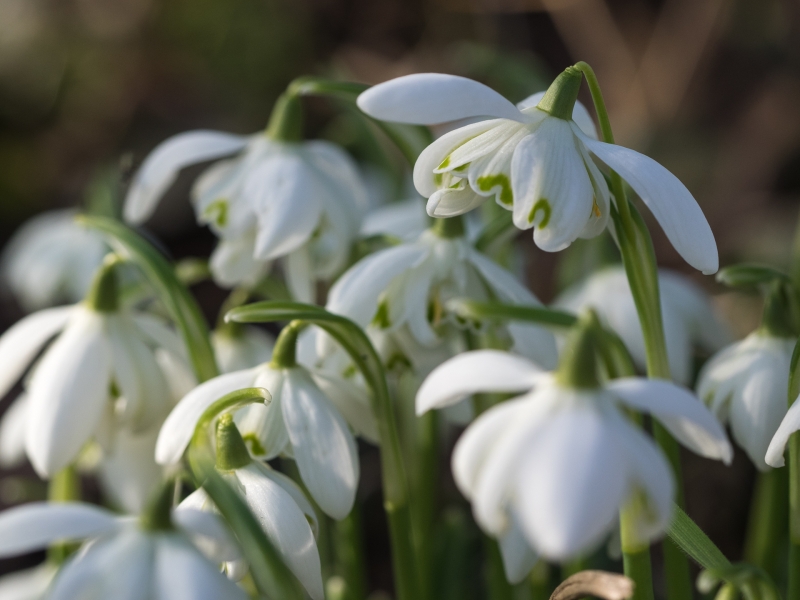Rosy
This is the first instalment in a series of articles from Rosy that highlight the plants that she feels will be able to adapt to our changing climate. In future we are likely to experience more extreme weather events and storms, higher and more persistent rainfall and periods of intense heat and drought. All of these changes are tough on our gardens but some plants have shown remarkable tenacity in coping with and thriving in difficult growing conditions. These plants are available to buy in the green early in the year by prior order. Call us on 01256 896533 or click on the link below to see when they are available to buy on the website.
Galanthus is a great spring bulb which appears to be resilient to everything. They can cope with periods of waterlogging, as well as adapting to much dryer areas. If the Spring is slightly absurd with regards to its timing, they’ll just come up anyway. They flower their little hearts out, so you can have them flowering from December right the way through to the end of February and into March. Being summer deciduous, it doesn’t matter what happens with the weather in summer because they are dormant under the soil.
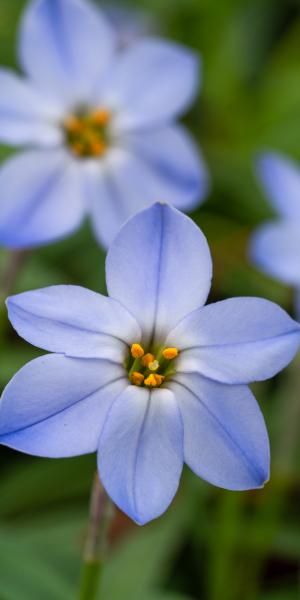
Ipheion are pretty, summer deciduous plants. They are far more tolerant if planted in the ground rather than in pots. In the ground they will tolerate frost by hunkering down and then getting going again after the weather has warmed a little. They are extremely tolerant of poor, dry soil once established in fact they need very little water at all.
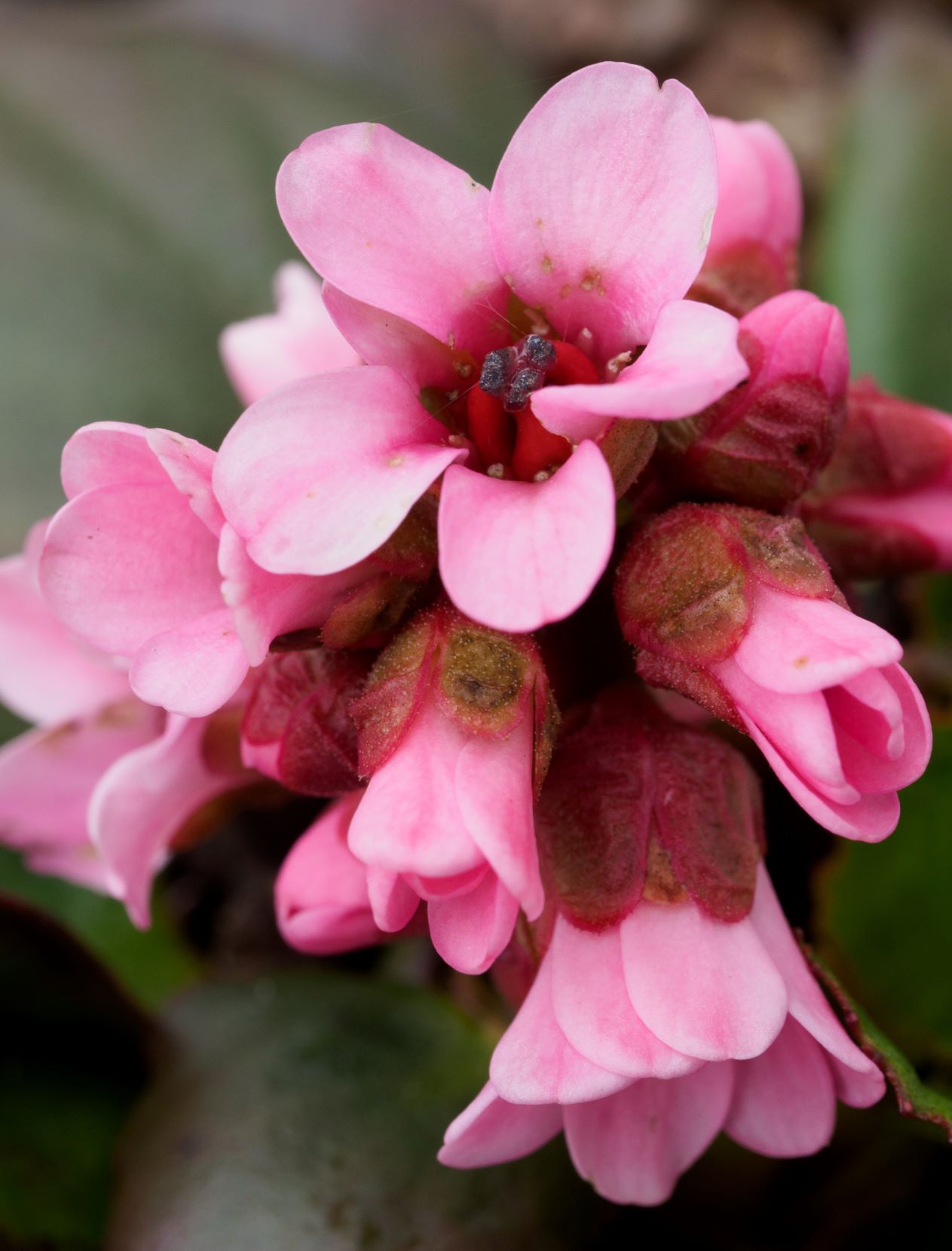
Bergenia are really useful depending on which varieties you use. The larger leafed forms are adapted to growing in a slightly more shaded area. The smaller leaved forms are tidier, resistant to waterlogging and also water stress (drying out). The smaller forms also give better flower colour so I feel that on the whole the smaller leaved varieties are slightly better. However, the large leaved varieties are great for cooling the area in which they are planted.
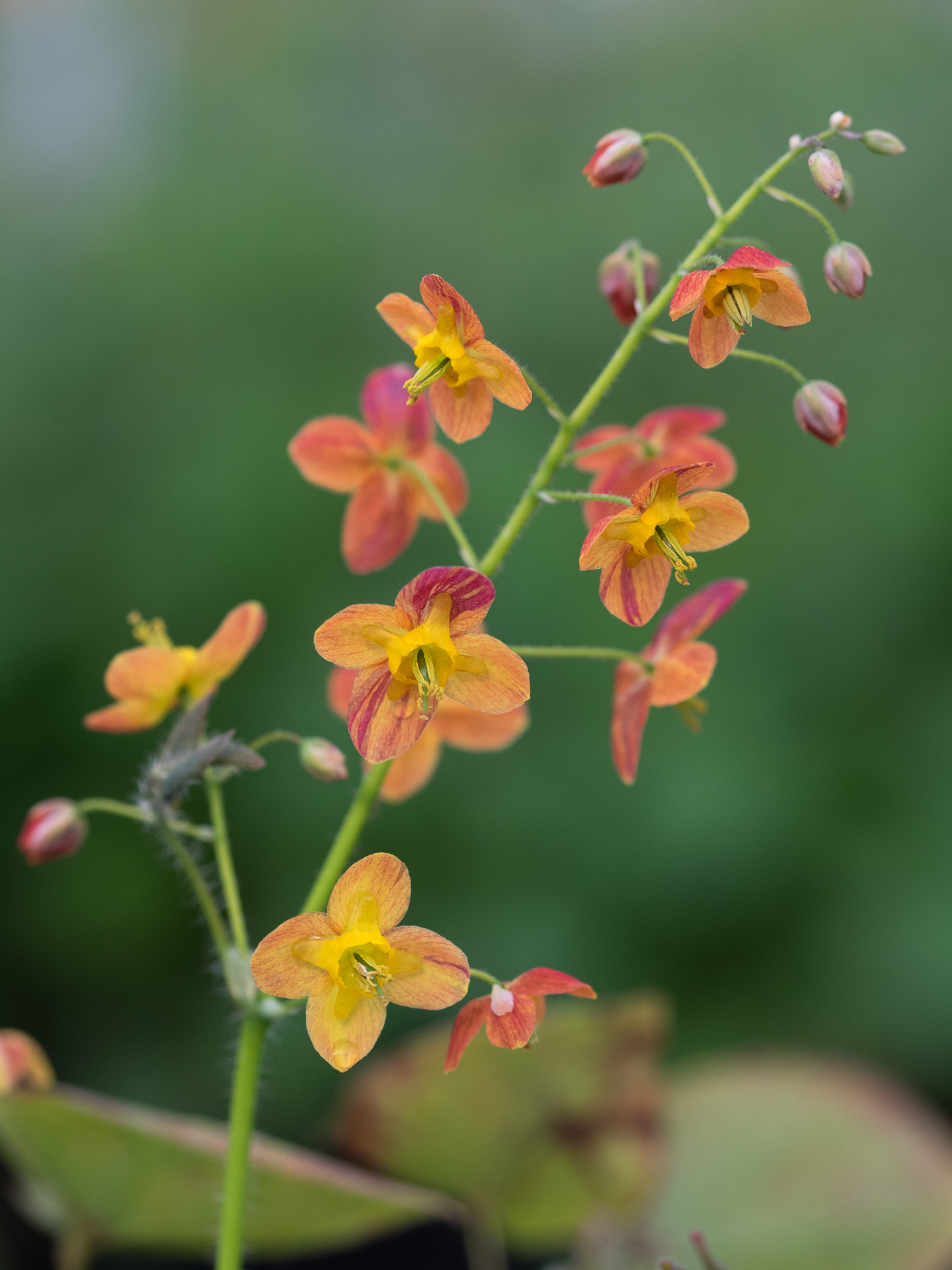
Epimedium are wonderful plants and it doesn’t matter if they are the semi-evergreen or deciduous types. They are all good in shade to part- shade. They will tolerate periods of saturation and also being completely dried out. They are a very tough plant. The rounder leaved forms are better than the narrower leaved forms in my opinion, because the older varieties are generally tougher. Apart from Vine Weevil when planted in pots, they don’t seem to be bothered by pests and diseases.
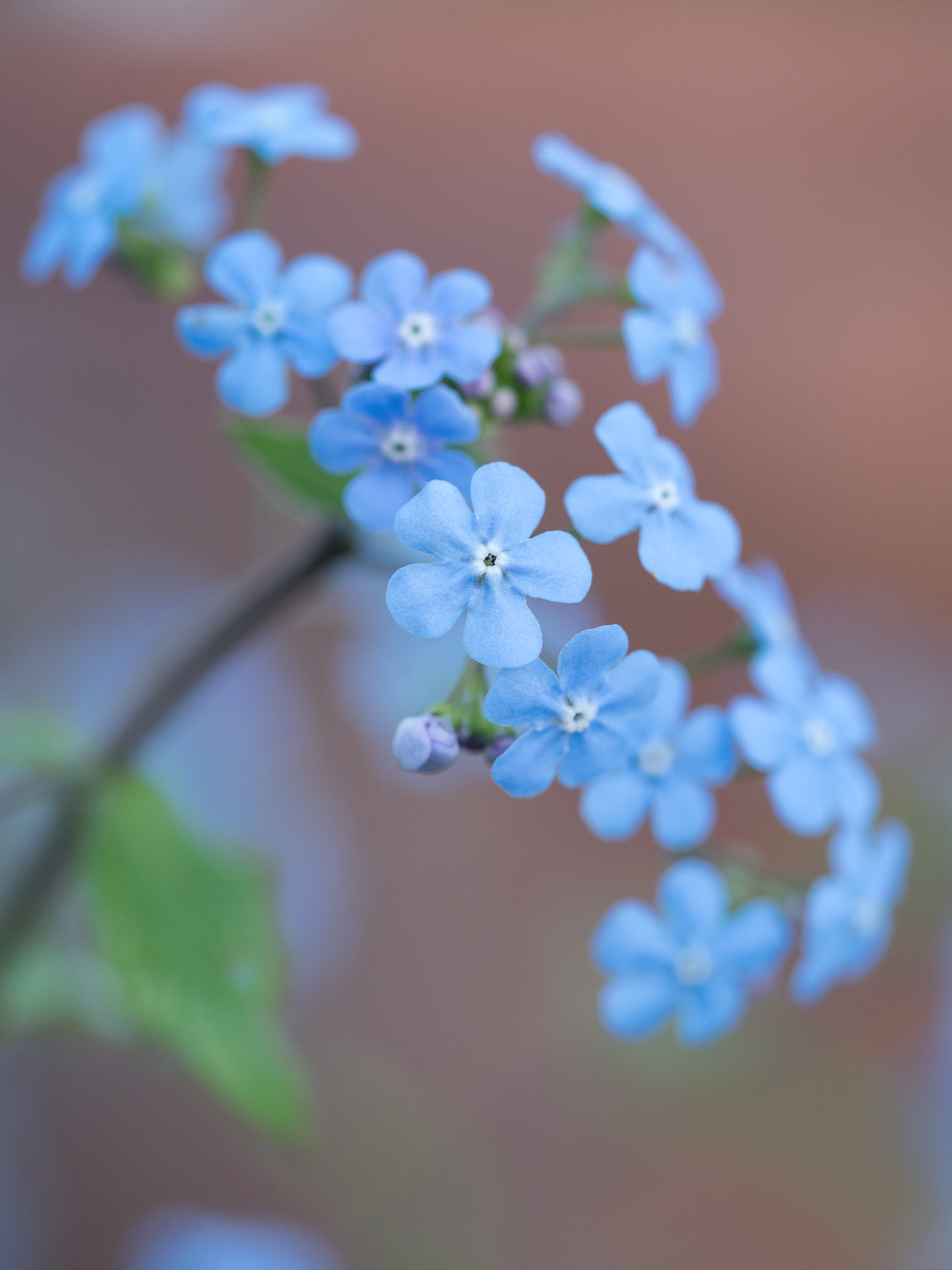
Brunnera are brilliant, some of them may seed around a bit, but it’s more a case of a free plant or two rather than having to cope with weeding out excessive numbers of seedlings. They have really attractive large leaves in tidy clumps that cool the soil and last until the first frosts. Once established they are quite tolerant of dry conditions and will happily cope with periods of saturation too. They don’t tend to be attacked by many pests. Mollusc damage rarely impacts them beyond the early part of the year and they tend to shrug it off and grow through really well. Far better in fact than many other shade tolerant plants.
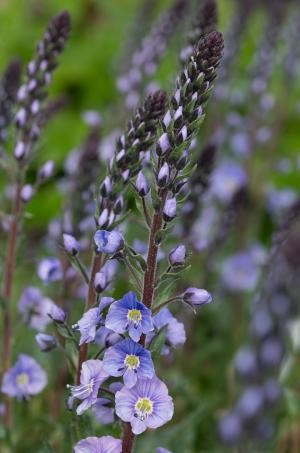
Veronica gentianoides is a group of very good shade tolerant plants. Most people think of these as being sun lovers but it isn’t the case. If it gets really wet they are very happy and will always flower better and for longer in a shadier position with moist soil. They spread and act as a weed supressing ground cover. By the time that water stress could become an issue they will have finished flowering and the plant will just hunker down until the worst of the drought is over. The foliage may be smaller if the stress is prolonged. It is also pretty much impervious to wind rock being so short and the ground cover it provides can help prevent excess water loss and heating of the soil.
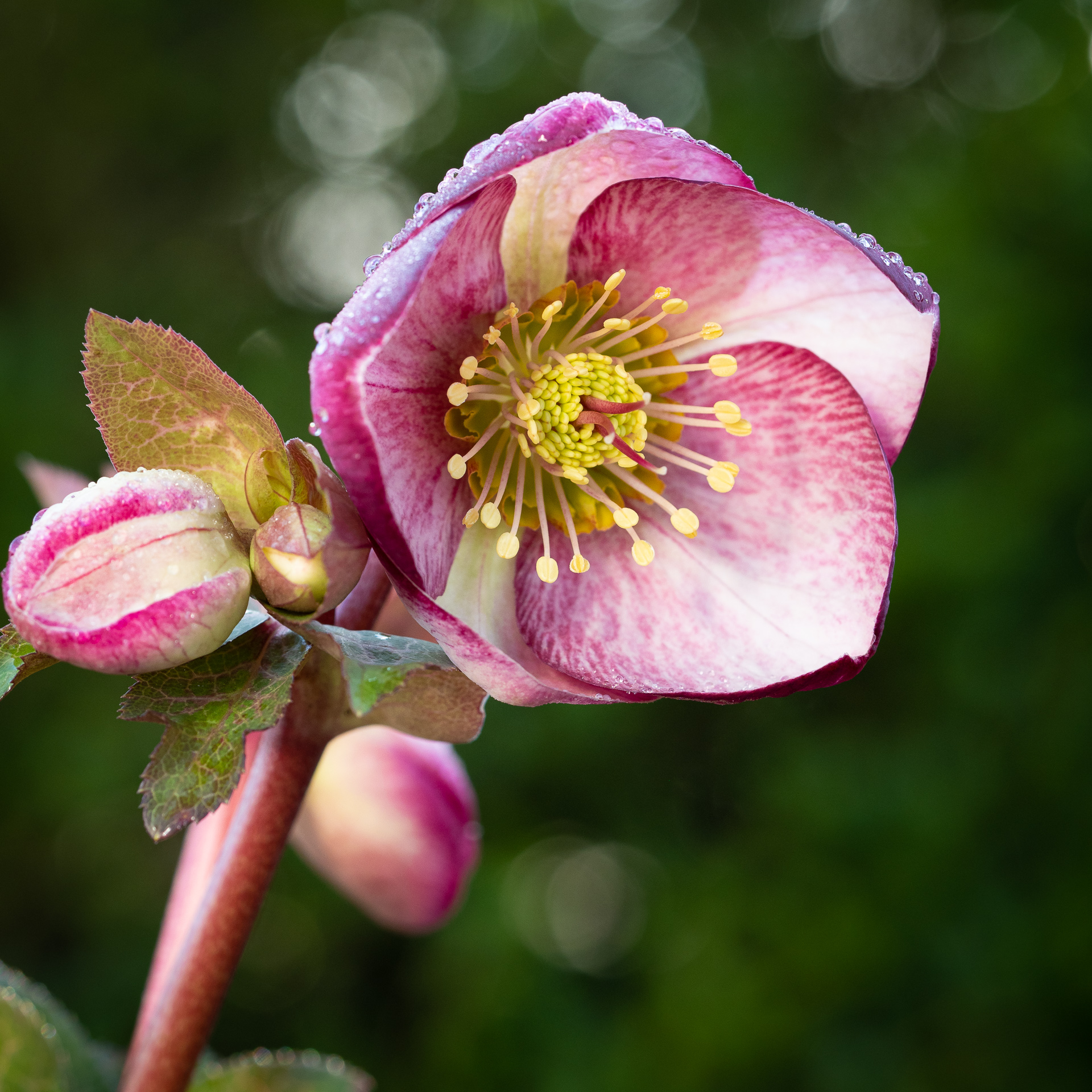
Helleborus, well, this is their time of year isn’t it! There are some early flowering types but most flower after Christmas. However, we have the marbled leaved types that are looking wonderful such as the Rodney Davis group and some of the Eric Smithii ones are coming into flower already. Those with the very long flowering habits such as Walbertons Rosemary are already starting to push up flower stems. They are very tolerant of water stress, but can also take a winter soaking without any problem. Again, as winter production of pollen and nectar is so crucial they are hugely important to pollinators at this time of year.

